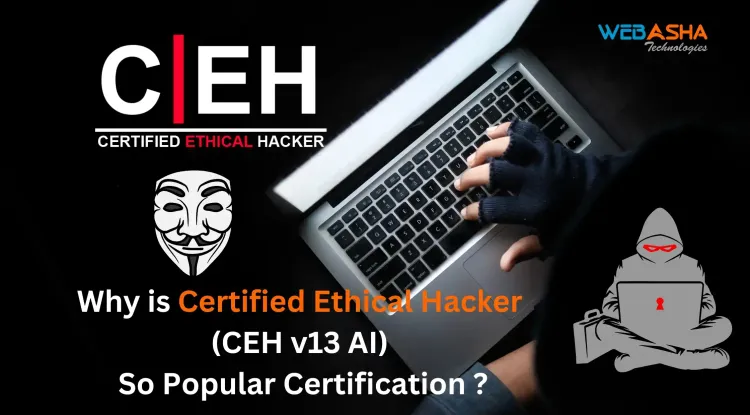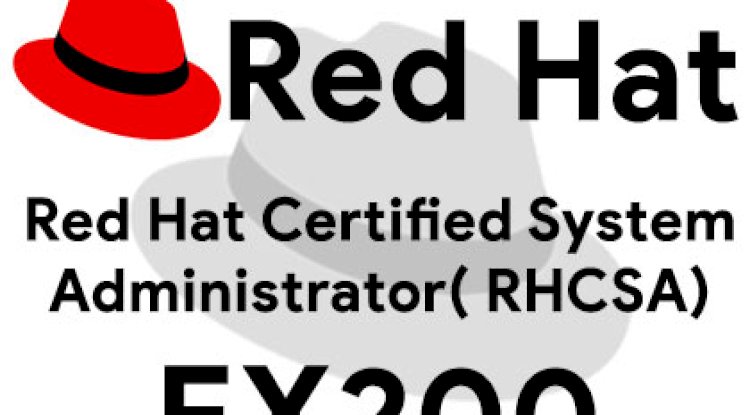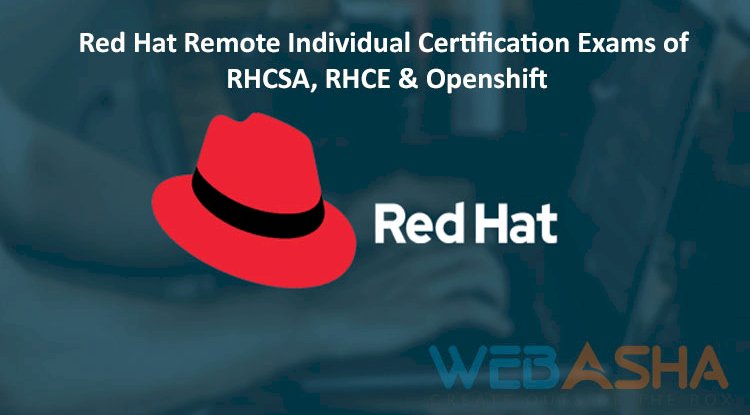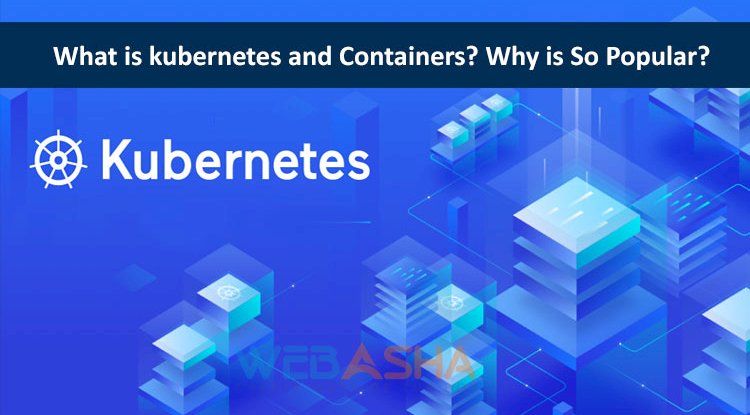PentestGPT vs. Traditional Penetration Testing | A Detailed Comparison of AI-Powered Security, Automated Vulnerability Scanning, Cost, Speed, Accuracy, and Compliance
With the increasing reliance on cybersecurity solutions, organizations are exploring new ways to conduct penetration testing (pentesting) to protect their IT infrastructure. PentestGPT, an AI-powered penetration testing tool, offers automated vulnerability scanning and rapid threat assessments, making it a cost-effective alternative to traditional penetration testing. However, traditional penetration testing—conducted by skilled security professionals—offers deeper analysis, adaptability, and regulatory compliance. This blog compares PentestGPT vs. Traditional Penetration Testing, highlighting key differences in terms of accuracy, speed, cost, adaptability, and compliance. A detailed comparison table provides insights into their strengths and limitations. Additionally, a FAQ section answers common queries related to AI-driven security testing and manual ethical hacking. Ultimately, businesses can achieve optimal cybersecurity protection by adopting a hybrid approach that leverages b

Table of Contents
- Introduction
- What is PentestGPT?
- What is Traditional Penetration Testing?
- Comparison: PentestGPT vs. Traditional Penetration Testing
- Which One Should You Choose?
- Conclusion
- FAQs
Introduction
In the rapidly evolving field of cybersecurity, penetration testing (pentesting) remains a crucial practice to identify and address security vulnerabilities. Traditionally, organizations have relied on human penetration testers to conduct comprehensive security assessments. However, with advancements in artificial intelligence, tools like PentestGPT have emerged, offering AI-powered penetration testing capabilities.
This blog compares PentestGPT with traditional penetration testing to help businesses and security professionals determine which approach is more effective.
What is PentestGPT?
PentestGPT is an AI-driven penetration testing tool that leverages natural language processing (NLP) and machine learning to automate security assessments. It provides recommendations, detects vulnerabilities, and suggests remediation strategies based on its extensive knowledge base.
Key Features of PentestGPT:
- Automated vulnerability detection
- Instant threat analysis and reporting
- Self-learning capabilities through continuous updates
- Integration with existing security frameworks
- Minimal human intervention required
PentestGPT is designed to speed up security assessments, making it accessible to organizations that may lack in-house cybersecurity expertise.
What is Traditional Penetration Testing?
Traditional penetration testing involves skilled security professionals simulating real-world cyberattacks to identify vulnerabilities in an organization's IT infrastructure. These experts use manual techniques, industry-standard tools, and their experience to perform in-depth security evaluations.
Key Features of Traditional Penetration Testing:
- Customizable testing methodologies
- Context-aware attack simulations
- Hands-on experience and expertise
- Deep analysis of business logic vulnerabilities
- Human intuition and adaptability
Traditional pentesting provides a holistic view of security risks by incorporating manual analysis, making it a preferred choice for organizations handling sensitive data.
Comparison: PentestGPT vs. Traditional Penetration Testing
The table below summarizes the key differences between PentestGPT and Traditional Penetration Testing:
| Aspect | PentestGPT | Traditional Penetration Testing |
|---|---|---|
| Accuracy & Depth | Good for common vulnerabilities, lacks human intuition | Detects complex security flaws and zero-day exploits |
| Speed & Efficiency | Fast, automated, 24/7 scanning | Time-intensive but comprehensive |
| Cost & Resources | Cost-effective, requires minimal human effort | Expensive, requires skilled professionals |
| Adaptability | Limited adaptability to new attack methods | Highly adaptable, creative testing methodologies |
| Compliance | Helps meet some compliance needs | Required for major security regulations |
Which One Should You Choose?
Choosing between PentestGPT and traditional penetration testing depends on your organization's security needs, budget, and risk tolerance.
PentestGPT is ideal for:
- Organizations with limited cybersecurity budgets
- Businesses needing frequent, automated vulnerability scans
- Companies looking for a fast and cost-effective security assessment tool
Traditional Penetration Testing is ideal for:
- Enterprises with complex IT infrastructures
- Organizations requiring compliance with stringent security regulations
- Businesses handling sensitive customer data that demand a thorough security review
For optimal security, many organizations adopt a hybrid approach, using PentestGPT for continuous automated assessments while relying on traditional penetration testers for deep-dive security evaluations.
Conclusion
Both PentestGPT and traditional penetration testing have their own advantages and limitations. While PentestGPT offers speed, automation, and cost-effectiveness, traditional penetration testing provides in-depth analysis and human expertise. The best approach depends on an organization's specific security needs, and often, a combination of both methods delivers the most comprehensive protection.
By leveraging AI-powered tools alongside human expertise, businesses can enhance their cybersecurity posture and stay ahead of evolving threats.
FAQ
What is penetration testing?
Penetration testing, or pentesting, is a simulated cyberattack on a system, application, or network to identify and fix security vulnerabilities before malicious hackers exploit them.
What is PentestGPT?
PentestGPT is an AI-powered penetration testing tool that automates vulnerability assessments, providing fast and scalable security testing with minimal human intervention.
How does traditional penetration testing work?
Traditional penetration testing is performed by security professionals who use manual techniques and tools to simulate real-world cyberattacks and uncover vulnerabilities in IT infrastructure.
Is PentestGPT better than traditional penetration testing?
PentestGPT is faster and cost-effective for automated scans, but traditional penetration testing is more thorough and adaptable for detecting complex vulnerabilities, including business logic flaws.
Can AI replace human penetration testers?
AI can assist and enhance penetration testing but cannot fully replace human expertise, intuition, and deep-dive analysis required for complex security assessments.
What are the advantages of PentestGPT?
- Automated and fast vulnerability detection
- Cost-effective compared to human testers
- Reduces the need for specialized security skills
- Continuous learning and updates for improving accuracy
What are the advantages of traditional penetration testing?
- More accurate in identifying zero-day vulnerabilities
- Context-aware testing tailored to specific business risks
- Better adaptability to emerging threats
- Compliance with industry regulations requiring human intervention
Which penetration testing approach is more cost-effective?
PentestGPT is more cost-effective for routine security assessments, while traditional penetration testing is expensive but essential for comprehensive security evaluations.
How often should penetration testing be conducted?
Organizations should conduct penetration testing at least annually or after significant changes to their IT infrastructure, applications, or security policies.
Does PentestGPT support compliance requirements?
PentestGPT helps with automated security assessments but does not fully meet regulatory requirements that mandate manual penetration testing by certified professionals.
Can small businesses benefit from PentestGPT?
Yes, small businesses can use PentestGPT to automate security assessments at a lower cost compared to hiring professional penetration testers.
Does PentestGPT require cybersecurity expertise to use?
PentestGPT is designed for ease of use, allowing organizations with limited cybersecurity expertise to conduct automated penetration testing.
What types of vulnerabilities can PentestGPT detect?
PentestGPT can detect common security flaws like SQL injection, cross-site scripting (XSS), misconfigurations, and weak authentication mechanisms.
Can PentestGPT detect zero-day vulnerabilities?
No, PentestGPT primarily identifies known vulnerabilities based on its database, while zero-day vulnerabilities require human analysis.
How accurate is AI-driven penetration testing?
AI-driven penetration testing is effective in identifying common vulnerabilities but may generate false positives or miss sophisticated attacks that require human intuition.
What are the limitations of traditional penetration testing?
- Expensive and resource-intensive
- Time-consuming compared to AI-driven testing
- Requires skilled cybersecurity professionals
- Limited frequency due to cost constraints
Should organizations use both PentestGPT and traditional penetration testing?
Yes, a hybrid approach combining AI-driven scanning with manual testing ensures comprehensive security coverage, balancing speed and accuracy.
Can PentestGPT integrate with other security tools?
Yes, PentestGPT can be integrated with existing cybersecurity frameworks and vulnerability management systems for enhanced security monitoring.
How does PentestGPT handle false positives?
PentestGPT continuously improves its detection algorithms using machine learning to reduce false positives, but manual verification is still recommended.
Is traditional penetration testing necessary if I use PentestGPT?
Yes, traditional penetration testing is recommended for in-depth security assessments, compliance requirements, and detecting advanced threats that AI might miss.
How long does a traditional penetration test take?
A traditional penetration test can take anywhere from a few days to several weeks, depending on the scope and complexity of the testing.
Can PentestGPT be used for web application security testing?
Yes, PentestGPT can scan web applications for security vulnerabilities such as SQL injection, XSS, and authentication flaws.
Does PentestGPT work for cloud security testing?
PentestGPT can perform basic cloud security assessments, but cloud environments often require specialized security tools and manual penetration testing.
What industries benefit the most from penetration testing?
Industries such as finance, healthcare, e-commerce, and government benefit the most due to strict security and compliance requirements.
Can AI-driven penetration testing predict future attacks?
AI can identify trends and common vulnerabilities but cannot fully predict novel attack vectors like human testers.
How does PentestGPT compare to commercial penetration testing tools?
PentestGPT is an AI-driven solution focused on automation, whereas commercial tools like Burp Suite and Metasploit provide advanced manual testing capabilities.
Can PentestGPT test internal network security?
PentestGPT primarily focuses on external security assessments; internal network security requires additional tools and manual analysis.
What role does AI play in the future of penetration testing?
AI will continue to enhance penetration testing by automating repetitive tasks, improving vulnerability detection, and assisting human testers in threat analysis.
Should enterprises rely solely on PentestGPT?
No, enterprises should use PentestGPT as a complementary tool alongside manual penetration testing to ensure a robust cybersecurity strategy.












![Top 10 Ethical Hackers in the World [2025]](https://www.webasha.com/blog/uploads/images/202408/image_100x75_66c2f983c207b.webp)

![[2025] Top 100+ VAPT Interview Questions and Answers](https://www.webasha.com/blog/uploads/images/image_100x75_6512b1e4b64f7.jpg)









